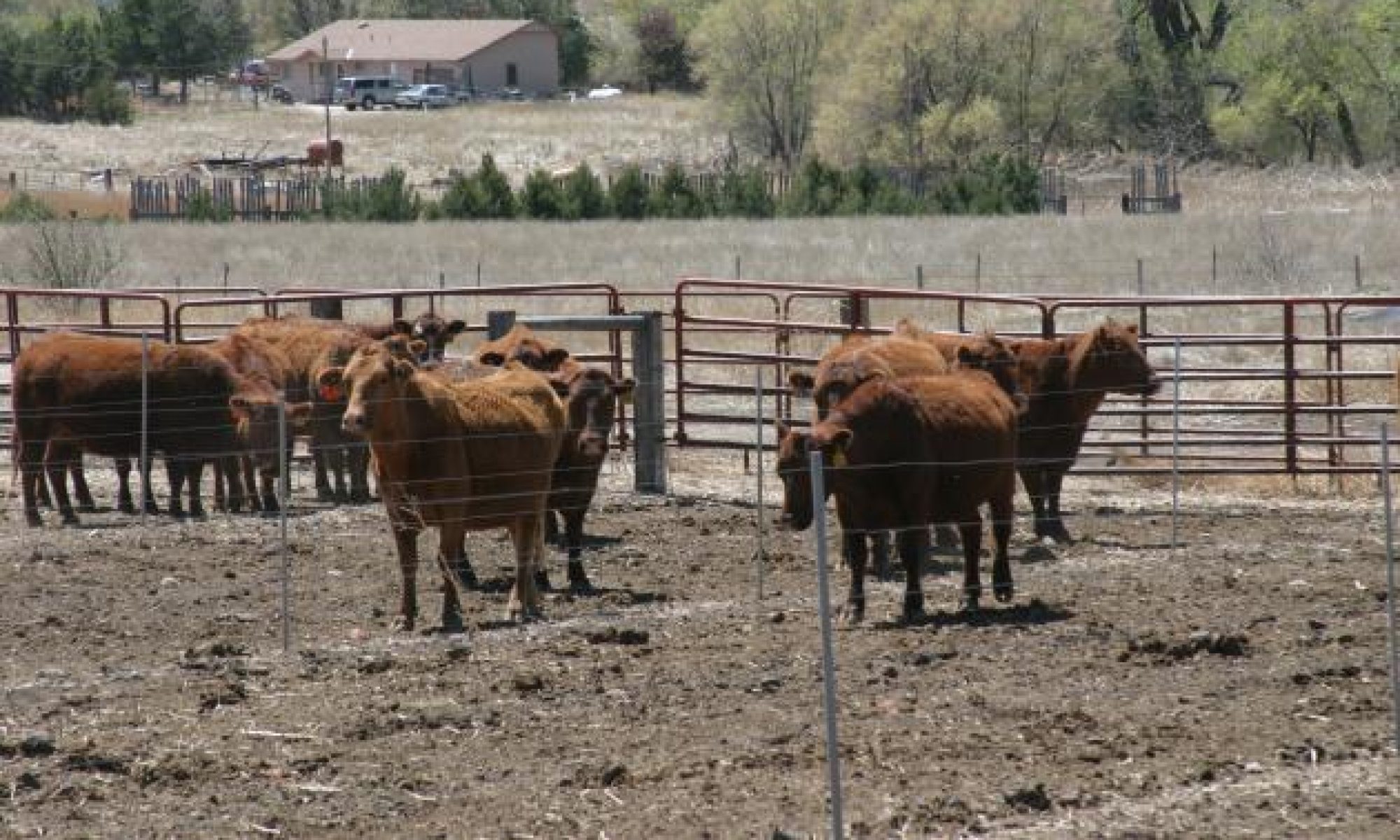Your breeding direction does depend to some extent on what you envision as your market in the future and the source of your replacement heifers. For example, if you fed all your calves out yourself, used a terminal sire, and bought all your replacement heifers, then the direction might be quite different than if you sold your calves off the cow, bred your heifers to the same bulls as the cows, and raised all your own replacement heifers.
The coat color portion of the question can be easily achieved by selecting bulls that are determined by pedigree or DNA tested to be homozygous black. Homozygous black bulls carry two copies of the gene for black coat color and, since black is dominant to red, will only produce black-hided calves whether they are mated to red or black cows.
Remember, the objectives of any crossbreeding system should be to create optimal levels of maternal and individual heterosis and to leverage breed complementarity. About two-thirds of the economic benefit of crossbreeding is attributable to having crossbred cows (maternal heterosis), and one-third arises from having crossbred calves. Different crossbreeding systems generate differing levels of heterosis.
So, to assist in answering your question, let’s assume: 1) you sell weaned calves, 2) you raise your own replacement heifers, and 3) you breed your heifers to calving-ease bulls. In this scenario, you could infuse more growth in your cows’ calves with a British x Continental composite bull, such as a half-Angus x half-Gelbvieh/Simmental or other. This scheme will produce calves that are three-quarters British x one-quarter Continental. Using composite or hybrid bulls that are a mixture of British and Continental genetics helps to avoid production of too much birth weight/calving difficulty and to avoid substantial increases in frame size/mature size in cows. Another option is to use three-quarters British x one-quarter Continental combinations rather than half-bloods, recognizing that this system produces less heterosis and less advantages of breed complementarity.
There are numerous seedstock producers that are making some good composite bulls that fit this description. A number of the two-breed composite (hybrid) bulls are being marketed. There are two-breed combinations of Red Angus or Angus (Red or Black) with Gelbvieh, Simmental, Limousin, and Devon. There are other composites that use breed combinations such as the Stabilizer (one-quarter each Angus, Hereford, Simmental, Gelbvieh), the Range Maker (Red Angus, Tarentaise, Devon), and the Range Calver (a Jersey-influenced Range Maker). Again, as you evaluate these cattle, make sure frame, size, mature size, and milk production fit your feed environment. The Range Calver fits many of the large western ranches that want almost no calving problems and are willing to give up pounds to get that result. For most general situations, we still suggest a simple two-breed composite bull that is one-half British x one-half Continental. In more extensive or arid environments, it may be advantageous to target production of cattle that are three-quarters British x one-quarter Continental. This can be achieved by using one-half British x one-half Continental for a period of time until your cow herd is predominantly comprised of three-quarters British x one-quarter Continental cows and begin using three-quarters British x one-quarter Continental to stabilize your breed fractions in calves at three-quarters British x one-quarter Continental.
